The Age Good Food Guide 2016: Is Melbourne turning Japanese?
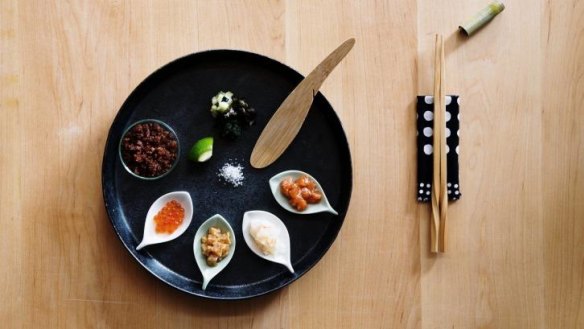
Yep, we really think so. But we're not just talking about the flavour of the 2015 dining scene when we say it's becoming Japanese, even if our Restaurant of the Year is Minamishima and fellow newcomer Kappo came in with a hat. Even if yuzu, sake and Japanese whisky are showing up everywhere, thanks to people like Leigh Hudson of Chef's Armoury and Simon Denton, the man behind Izakaya Den, Hihou and Kappo, having spent the past several years b
, because the dollar has been good and you can see the small things infiltrating. The aesthetic, like the ceramic plates most people are using now.
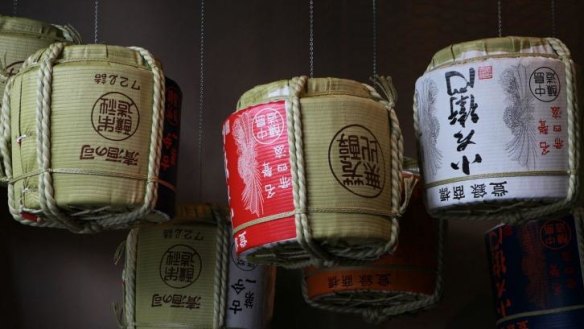
"It's the same reason we've had such an influx of American food in the past few years: cheap travel."
In reality, though, the big trends in eating in 2015 are all about the how, rather than the what.
There was no clear American and Mexican label as there has been in the past two years. But if you're looking for a framework to understand just what the hell happened in Melbourne dining this year, and probably what's coming next, you could do worse than to look to Japan.
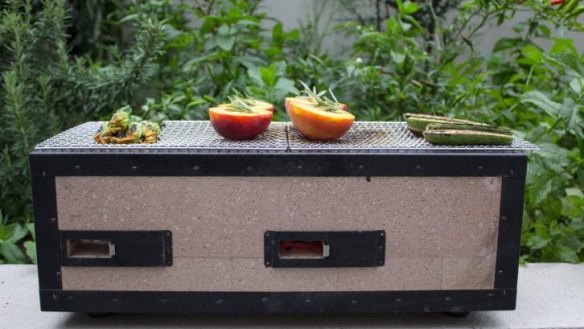
Rise of the single-serve eatery: do one thing well
Take Tokyo, one of the most competitive dining markets in the world.
Restaurants don't seek to be all things to all people – a jack-of-all-trades, master-of-none won't survive on the same street as an actual ramen, yakitori or sushi master. Restaurants doing one thing tend to do that thing pretty well.
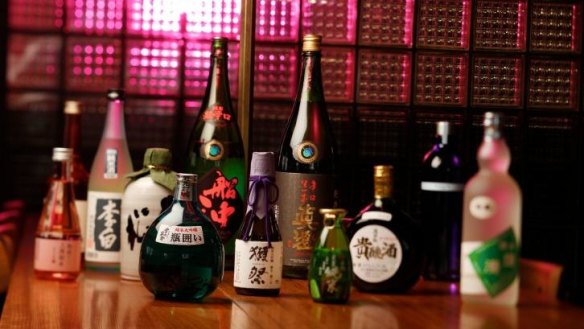
And so, as Melbourne becomes increasingly competitive, we're also starting to see it become a little more niche. We gained two dedicated toast cafes this year (following an Los Angeles trend, but the principle is the same), and it says a lot that some of the standout eateries of the year were a Nashville hot chicken shop (Belle's in Fitzroy), a pasta bar (Tipo 00), and the most direct example, Minamishima, serving little more than perfect sushi.
One brand to rule them all
Divide and conquer. It's been the answer that most of the city's serious operators have come to in the wake of the casual dining boom.
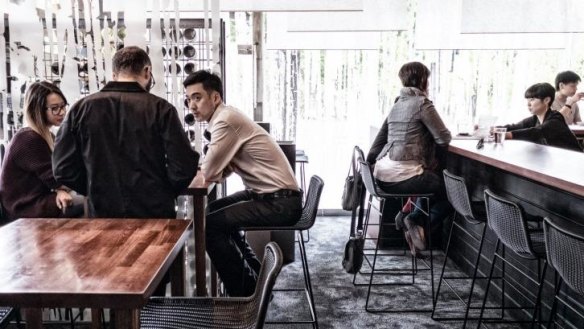
Instead of giving up on the fine dining dream, George Calombaris, Scott Pickett, Daniel Wilson and soon Shane Delia have simply rejigged their business models, or expanded them to include a more accessible, any-night-of-the-week tier.
In the past two years, Calombaris has opened four branches of his hugely popular souvlaki stand Jimmy Grants, closed the Press Club to turn the lion's share of the space into the cheaper Gazi, and reframed the fine dining portion as a smaller, more exclusive experience.
Neil Perry is adding hamburger chain Burger Project to his successful Rockpool restaurant empire. Lume has opened with a fine dining offering, but there is also the bistro out the front. Former Age Good Food Guide Young Chef of the Year Daniel Wilson (Huxtable) is going gangbusters with his Huxtaburger chain and Delia will soon open casual kebab joint Biggie Smalls in Collingwood to complement the more refined Maha in the city.
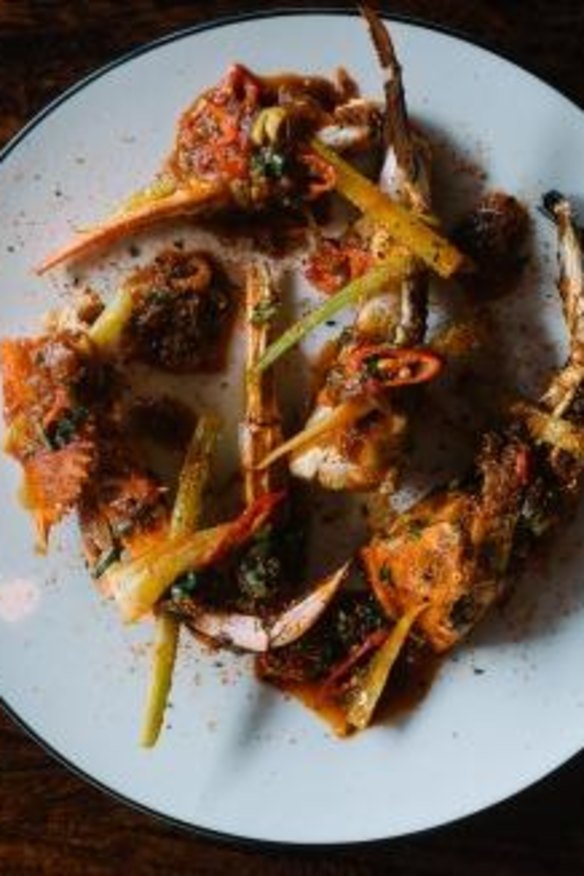
It follows the simple business truth that if you cook for the rich, you'll die poor, but cook for the poor and you'll die rich.
The key to each of these venues is no compromise on the overall principles of each of the chefs.
They're well staffed, and for fast food, it's still good.
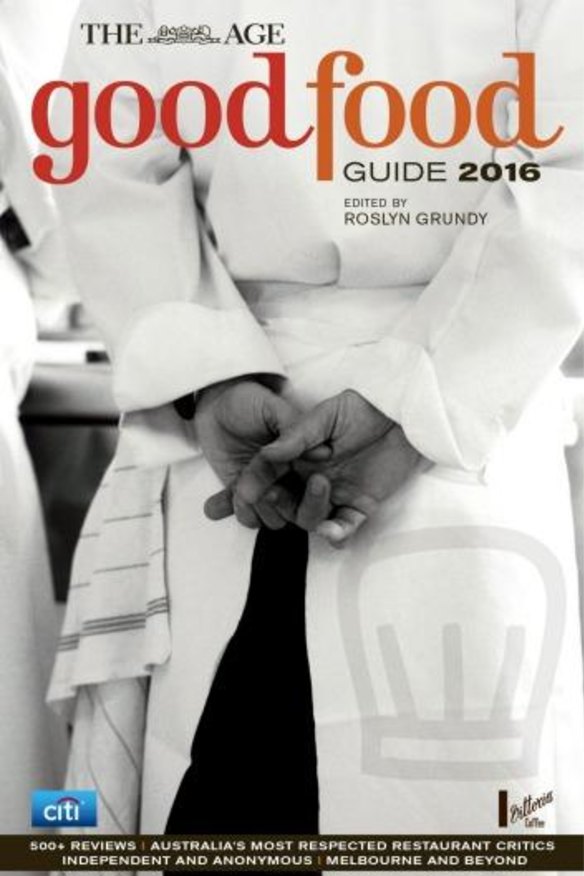
A business that gets you in with a cheap and cheerful product and makes you a loyal customer when you're young and poor is more likely to retain you as a customer of their luxury goods as your wealth increases.
This isn't a concept unique to Japan – Calvin Klein and Armani do it – but it's one the Japanese do really well. Expect more of this.
On the coals
We're still obsessed with smoke and fire – increasingly so. But the focus has shifted from American low and slow smoking to coals and flavoured woods.
If you went to Vue de Monde this year you may have eaten red kangaroo cooked directly on a smouldering log of a Japanese ash tree at the table.
Leigh Hudson, the Japanophile and master swordsmith behind Japanese cookware supplier Chef's Armoury, tells us he's been pillaged of grills.
"A few years ago, all the Konro charcoal grills were going to punters. Now I supply most to chefs or restaurants. I've got 20 inquiries from chefs for the next shipment I have coming in."
Traditionally used to grill yakitori skewers, chefs are now deploying them for sometimes one dish on a not-particularly-Japanese menu.
Michael Ryan, of Beechworth's Provenance, who has had a long-term love affair with Japan, uses a Konro to impart a charry flavour to mushrooms, which he serves with root vegetable puree, parmesan custard and savoury hazelnut praline.
Yuzu, togarashi and sake going mainstream
Sake, togarashi, yuzuand Japanese whisky didn't arrive this year. They've actually reached stage two and gone mainstream.
It's no longer a total left hook if an unfiltered sake punctuates a wine match with tasting menus (Lume and Attica both do them).
That potent citrus yuzu – much abused when it first became available, turning salad and ceviche dressings into something resembling toilet cleaner – has now come into line.
Chefs have the hang of it and it's become a harmless enhancement to the likes of the mayonnaise on the Town Mouse's potatoes.
And togarashi, a blend of chilli flakes, dried seaweed, toasted poppy and sesame seeds, sancho pepper and yuzu powder used to spark up chargrilled meats, is gaining broader appeal.
At Northern Light in Collingwood, Adam Liston sprinkles house-made togarashi over Konro-grilled meats and also gives customers tiny bags of the blend, which he encourages them to sprinkle on their scrambled eggs at breakfast.
The Age Good Food Guide 2016 will be available for $10 with The Saturday Age on Saturday, September 26 from participating newsagents and supermarkets while stocks last. It can also be purchased in selected bookshops and online at theageshop.com.au/agegfg2016 for $24.99.
